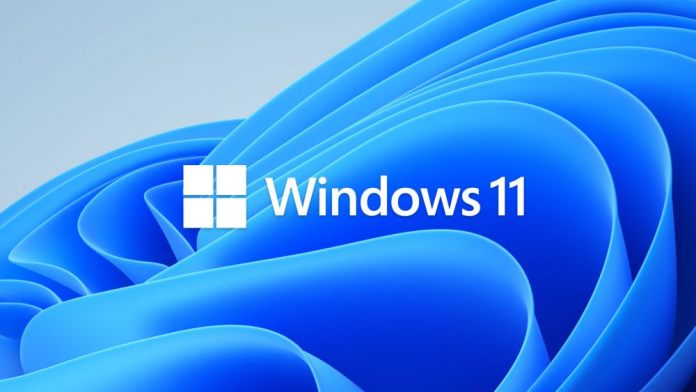It has been two months since Microsoft started working on deeper Resilient File System (ReFS) support in Windows 11. That meant users could install Windows onto a ReFS volume by enabling a hidden feature. Microsoft is seemingly expanding ReFS support with new tools set to launch later in the year.
According to Microsoft watcher PhantomOcean3, there is information about a new Dev Drive based on ReFS within the Windows 11 preview Dev build 25309. Known as devvol (Developer Volume), the feature was also seen by Albacore who says it is located in the Windows 11 Privacy & Security section on the Settings app.
Seems like Windows 11 will soon let you create ReFS developer volumes.
If you want to enable this, make sure you know what you're doing and you're on an SKU that supports ReFS formatting (25309)
vivetool /enable /id:40347509 pic.twitter.com/4iXf0Ji55G
— PhantomOcean3 ☃️ (@PhantomOfEarth) March 2, 2023
Here it is listed as Dev Drive and will allow developers to build virtual hard disks directly on Windows 11.
According to the leak, there are steps that help users easily set up a Dev Drive, including a “Create Dev Drive” function which offers a minimum drive of 50GB. Other metrics users can manage include the location of the drive, formatting as a VHD Dev Drive or developer volume, and creating a VHD window.
Dev Drive / Developer Volume creation flow, now comes with a pretty UI instead of having you figure stuff out in the command line pic.twitter.com/p2JAYv4KIz
— Albacore (@thebookisclosed) March 4, 2023
If you are unfamiliar with ReFS, it is a file system that Microsoft initially launched on Windows 8. Microsoft says it provides more performance and resilience compared to New Technology File System (NTFS) and higher data support.
ReFS is a file system that is more durable against data corruption. The format is used on machines that handle large amounts of data, making it ideal for enterprise users.
Back in 2017, Microsoft chose to remove ReFS support from Windows 10 Pro, leaving it only available on Windows Server versions of the OS. It now seems the company is fully back on board supporting ReFS on Windows 11.
Tip of the day: The Windows Clipboard history feature provides the functionality across device, space, and time, letting you copy on one computer and paste the text days later on a different PC. All of it is possible via the Windows 10 clipboard manager, which lets you view, delete, pin, and clear clipboard history at will.
In our tutorial we show you how to enable the feature, clear clipboard history, and enable/disable clipboard sync to meet your preferences. You can also create a clear clipboard shortcut for quick removal of stored content.




